Overview
Ranthambore Fort is nestled deep inside the Ranthambore National Park. The National Park consists of an area which used to be hunting grounds of the erstwhile kings of Jaipur. Standing atop a hill of 700 ft, the fort is recognized as a UNESCO World Heritage Site under “Hill Forts of Rajasthan”. Among the most popular attractions in Ranthambore, the intimidating fort has been pivotal in the history of the state of Rajasthan.
Ranthambore Fort is believed to have been constructed by the Chauhan’s in the 10th century owing to safety measures. Eventually in the 13th century, the Delhi Sultanate captured the fort. Visitors will find here elements from Rajasthani architecture: towering gates, domes, stone pathways, thick walls, water tanks, and temples. Visitors will enter via one of the seven gates, namely, Ganesh Pol, Andheri Pol, Navlakha Pol, Hathi Pol, Satpol, Suraj Pol and Delhi Pol. Mahadeo Chhatri, Toran Dwar, and Sametonki Haveli are other attractions not to be missed. The on-site Ganesha Temple is widely known among devotees and draws crowds in large numbers.
The panoramic views of the National Park alone make this a worthy visit. The fort is free for all, and opens from 6:00 AM to 6:00 PM. Visitors should try to catch the sunset here. The best time to visit the Ranthambore Fort is from April to October.
History of Ranthambore Fort
The history of the Ranthambore Fort is a history of the many different kingdoms that fought and conquered it throughout the centuries. Located among the forests of Sawai Madhopur, the fort’s creation is accredited to the Chauhan Dynasty, under the reign of King Sapaldaksha, around 944 CE, with some records also suggesting the fort was built under the the initiative of another Chauhan king, King Jayant in 1110 CE, but then captured by the Ghirudi Empire in 1192. Later, the fort was said to have been captured by the Mamluk Dynasty in 1226, under the rule of Sham Ud-din Iltutmish, after which the Chauhan Dynasty recaptured the fort in 1235.
In 1259 however, the Ranthambore Fort was yet again captured by another Mamluk Sultan, Nasir Ud-din Mahmud on his third attempt, after two previous attempts in 1248, and 1253. Having changed ownerships multiple times, Ranthambore Fort has also seen the rule of the kingdom of Mewar between 1326 and 1364, and again between 1433 and 1468, after which it was captured by Bahadur Shah in 1532.
It was much later, in 1558 that the fort was captured by the Mughal Emperor, Akbar, which was under their control until the mid-18th century. With the Mughal Empire in decline, the Marathas made several failed attempts to seize the fort, which still remained under the Mughal authority. It could be a major convincing by Maharaja Sawai Madho Singh, the then ruler of Jaipur, to the Mughals to let him have the fort. Though, after being denied the fort, he fortified the nearby village, before naming it Sawai Madhopur. It would be then, in 1765, that Maharaja Sawai Madho Singh would be given the Ranthambore Fort for himself.
Its location and design is what made the Ranthambore Fort a much wanted fort by different kingdoms, who often made several attempts to have it under their control. Passed down through powerful dynasties such as the Rajputs, Mamluk, and the Mughals, glimpses of it can be seen in the fort itself.
Architecture of Ranthambore Fort
Displaying a blend of the architectural styles of the Rajputs and the Mughals, the Ranthambore Fort has many intricately carved temples, palaces and gates. The fort can be accessed via seven pols or gates. One of these is the Navlakha Pol, which faces east, and has a copper plate with an inscription fixed on it. Another gate facing east is the Suraj Pol, which is also the fort’s smallest gate. The southern side of the fort also has two gates – the Ganesh Pol, and the Sat Pol, whereas the northern, southeastern, and northwestern sides of the fort have a gate each. These are the Andheri Pol, the Hathi Pol, and the Delhi Pol.
You can spot signs and symbols of different dynasties including Mughals that ruled here. The fort is surrounded by numerous stone pathways, thick walls, water tanks, palaces and temples, and is built with the stone that was taken from the inner region of the fort.
The fort houses Bada Mahal, Hammir Court, Dhula Mahal and Phansi Ghar. Other attractions inside the fort include Toran Dwar, Mahadeo Chhatri and Sametonki Haveli. Apart from these, the most popular attraction within the Ranthambore Fort is the Trinetra Ganesha Temple, known for being the only temple where Lord Ganesh is depicted with a third eye.
Today, Ranthambore Fort is not only a tourist attraction, but also an important cultural heritage. In 2013, the fort was inscribed as a World Heritage Site under UNESCO, as part of the Hill Forts of Rajasthan, and is well known for representing the political and strategic power of the Rajput states through their fortified structures.
Conservation: The Need to Preserve the Ranthambore Fort
Listed under the UNESCO’s World Heritage Sites, the Ranthambore Fort is an important piece of history and heritage for the country, as part of the ‘Hill Forts of Rajasthan’. Built during the 10th century, the Ranthambore Fort is a structure-built way back in time. Given its location among the forests of Sawai Madhopur, it was chosen as part of the game hunting grounds for the Rajputs, which has also been helpful in preserving its structure from rapid urbanization, due to its remoteness.
An important historical site, Ranthambore Fort has seen a major passage of time, which is evident in the ruins and remains of the once magnificent and formidable structure. A mighty witness to the glory of the Rajputs, Mughals, and several others who took control of it once, it therefore becomes necessary to preserve and conserve this piece of history, located today, among the wild, wild land of the Ranthambore National Park.
Best Time to Visit Ranthambore Fort
Located within the Ranthambore National Park, even though the park remains open throughout October to June, the best time to visit Ranthambore Fort and Ranthambore National Park is during the months of October to March, when the weather becomes pleasant and it is comfortable to travel.
Entry Fees and Timings for Visiting Ranthambore Fort
Entry fees for visiting the Ranthambore Fort are:
- Rs. 15 for adults
- Rs. 10 for children
Timings for visiting Ranthambore Fort are:
- 06:00 AM to 06:00 PM

 +91- 9212777225
+91- 9212777225
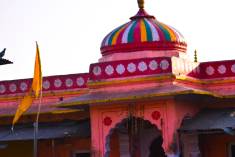

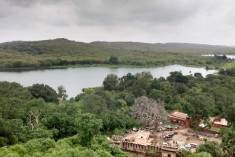
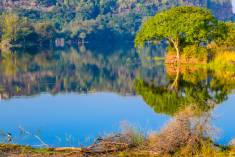
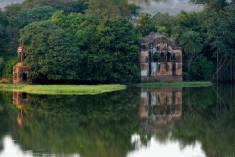
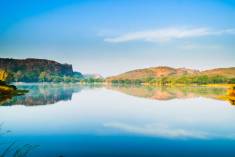
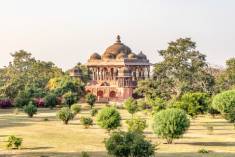

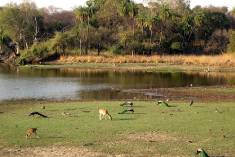
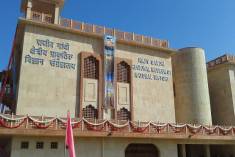



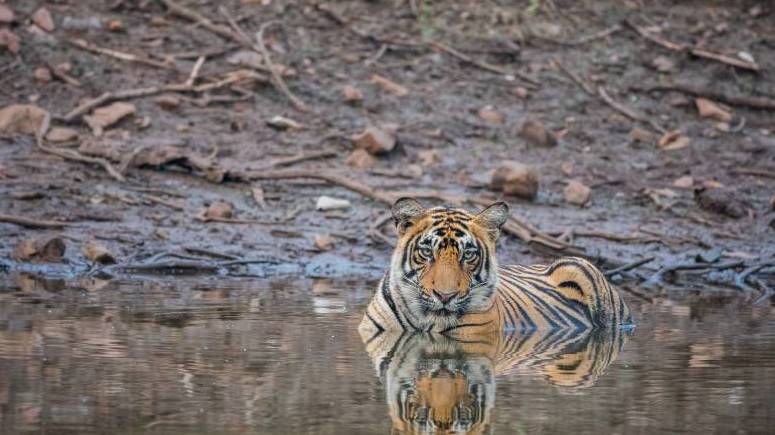








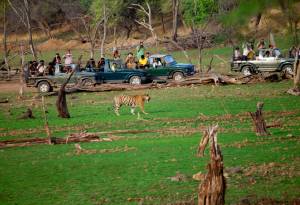





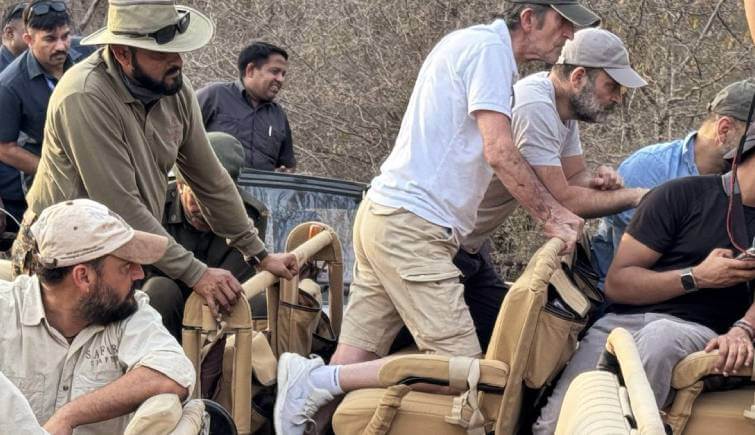
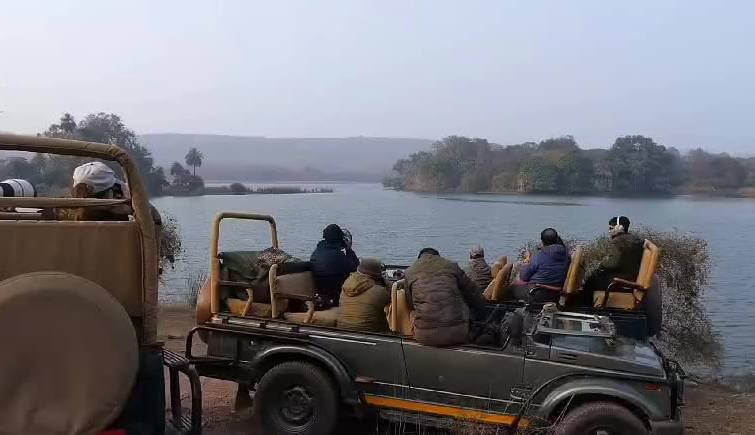
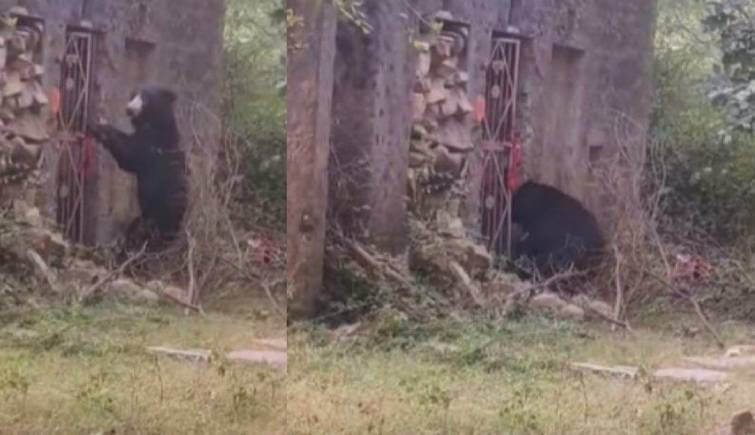





 +91-8744012007
+91-8744012007 Plan Your trip
Plan Your trip